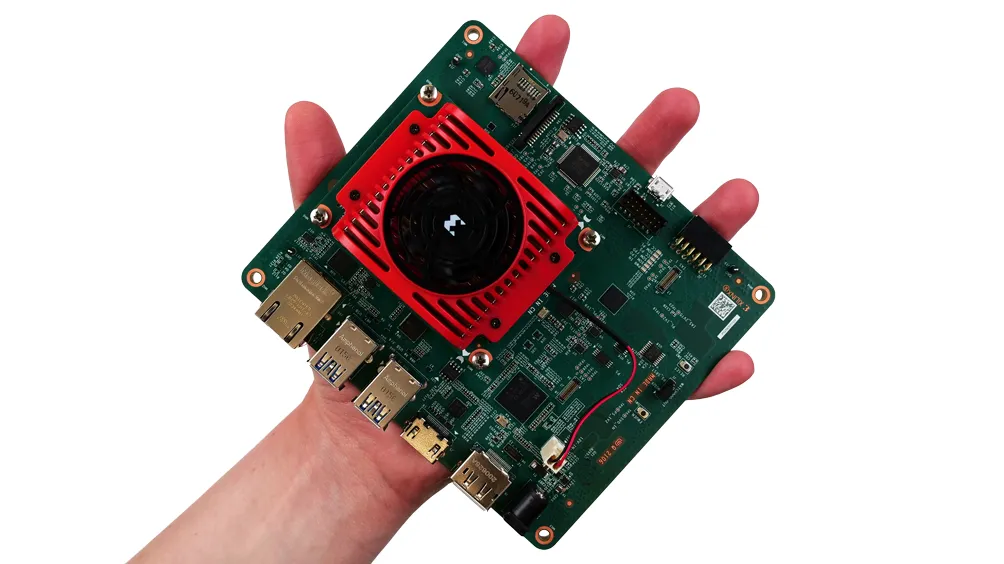Point Grey has introduced another innovation in imaging with the release of its new Flea3 USB 3.0 camera series. Measuring just 29 x 29 x 30mm, the FL3-U3 is claimed to be the smallest USB 3.0 camera in the world and is designed specifically for the demanding requirements of machine and computer vision applications. The first available models are based on monochrome and colour versions of the Sony IMX036, a high-quality CMOS sensor capable of generating 3.2 megapixel images at 60 FPS. "USB 3.0 is rapidly ga
January 31, 2012
Read time: 2 mins

With a practical limit of 384 MBytes/s, USB 3.0 is almost 10 times faster than USB 2.0 and five times faster than FireWire-b. The increased data throughput and improved 4.5W power delivery further makes USB 3.0 well suited for many of the high speed, multi-megapixel area scan image sensors on the market today.










